Thursday 30th January was the date we set off with Kevin and Val on the next leg of our Oz Adventure! Wally and Clara are still with us. They have been behaving and I did let them out of the car for a bit to say goodbye to Tamworth!
We headed out from Tamworth on the New England Highway. Our destination Glen Innes. We had morning tea at Uralla. We actually pulled up outside the Military Museum as there was a large statue of a soldier, which had been made from concrete. He was very impressive standing on the side of the road. It became the coffee stop and a photo shoot! It seems we should have really gone a little further and checked out the Information Centre. Lesson learnt! Check out the Info Centres!
I had been given some info from a beautician in Tamworth about the area and without going into too much detail she really did not know her local history. In Armidale we were advised that Ned Kelly was never in this area (have to say we did doubt that he was). Their bushranger was "Thunderbolt" who was known as the "Gentleman Bushranger". Apparently they have quite a display at the Uralla Information Centre. We intend to go back to Armidale along WaterFall Way before we leave the area, so we may be able to check out "Thunderbolt" still!
Anyhow on we travelled to Glen Innes. We were pleasantly surprised when we arrived. Once again the info from the beautician was that it was not a town she would visit! We found it a really pretty little town with heaps of history. You always need to check out places and form your own opinions! The name of the town is actually Glen Innes Severn. The name change came about when the Servern Shire and the Glen Innes City Council amalgamated. Can't seem to find out when this did happen.
The population of the town is approximately 9,000 and the altitude is 1072 metres. Average annual rainfall is 857 mm and the summer minimum temperature 12.5 degrees and maximum 26 degrees. Very nice! Pretty cold in winter though! Average minimum 1 degree and maximum 13.5 degrees. We did actually have to pull the jumpers and tracky pants out of the cupboard. After two weeks of constant air-conditioning in Tamworth, it was a welcome change!
Townspeople are very proud of their Celtic heritage. The township was largely founded by the Scottish and the town was gazetted in 1852. Industries are wool, sheep, cattle, agriculture, viticulture, sapphires (Pete even bought me one) and tourism. The annual turnover at the Glen Innes Regional Saleyards is reported to be $25 million. Glen Innes is NSW's most prolific sapphire region and at the 'Fossickers Caravan Park, where we stayed, you can have a little fossick! You can hire a panning dish, buy a bag of dirt for $20.00 and do some fossicking in the tubs they have placed in the park. We decided we weren't into getting the hands dirty and when Pete suggested he would like to buy me a sapphire, I was ready to go shopping in a flash!
An icon in the town is the 'Australian Standing Stones'. They are unique to the Southern Hemisphere and a National Monument to Australia's Celtic pioneers. The Annual Celtic Festival, which is held in May each year, is held in the park where the stones have been placed. Each year a different Celtic nation is featured. The massive granite boulders were carved by a small group of citizens in 1988 to mark Australia's Bicentennial Year. There is a circle of 24 stones marking the hours of the day. Three central stones for Scotland, Wales (other countries in the UK are also listed) and the Australian stone for all Australians. There are four cardinal stones marking north, south, east and west and when viewed from above, together with the other stones, the iconic Southern Cross is formed. Finally there are seven stones marking the summer and winter solstices.
The "Beardies History House" is well worth a visit. The old hospital which closed in 1956 is now controlled by the Lands Department and is manned by volunteers. There are 28 rooms in the building. I became very tired thinking of the cleaning as we walked around! The first section of the hospital was built 130 years ago. Why the name "Beardies"? The name comes from two convict stockmen with long flowing beards, who guided the first settlers to the district in 1838. A 'Beardies Festival' is held in spring and not surprisingly there is a beard competition. Prizes for the scruffiest to the best groomed!
We were lucky enough to see the town crier (a lady) play the bagpipes on the balcony of the beautiful old Town Hall in the Main Street, at noon on Friday. Every Friday this takes place and a couple of Scots were dressed in their costumes, to meet and chat with the tourists and locals. Not very many people took any notice, so I wonder how many more years this will continue! While it does continue, it is a reminder that you are in Celtic country.
In the afternoon we did one of the tourist drives to Emmaville and Deepwater and visited another Museum! Two in one day was a bit much for me and the Mining Museum and the huge collection of gem stones and rocks in Emmaville, didn't really tick my box! I had hoped to learn more about the tin mining in Emmaville and the explosion in population in 1872. The boom times had ended by the 1930's. We did have an interesting discussion with the volunteer on duty at the Emmaville Museum though.
She told us stories of the elusive 'Emmaville Panther' and she gave us an information sheet on the early tin mining.The town of Emmaville was originally called 'Vegetable Creek' because of the large number of Chinese, that were growing vegetables along the course of the creek. In 1882 the Dept of Lands changed the name, however the hospital still retains the name of 'Vegetable Creek Hospital'. These days there are no Chinese living in the town. In 1958 there was a sighting of a panther in the town and again in 1968. It hasn't been seen since but there is a picture of a panther on the pub. It is suggested that the panther escaped from a travelling circus and the owner failed to report the escape.
In 1883 Emmaville had a population of 3400 and in 1890 there were 5 hotels and 7 stores. There are still two pubs in the town. Stream Tin was discovered on Vegetable Creek in 1872 and in 1880 13,000 pounds (I think this has to be money pounds) of tin was produced. I didn't record my source of information to check it again!
A game of bowls at 5.30pm followed by Chinese at the club concluded a very nice day in Glen Innes. For those bowlers reading this blog, Kevin hasn't lost his touch! Pete couldn't believe the lucky wick he got with his final bowl that put us four up! Especially when he wasn't trying to do that! But that's bowls! We played 2 4 2. A great game which we really enjoyed.

 Glen Innes, New South Wales, Australia
Glen Innes, New South Wales, Australia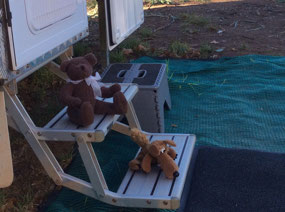
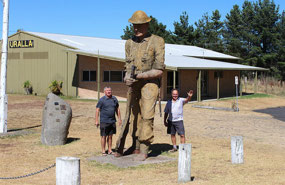
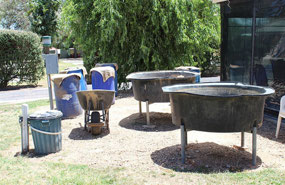
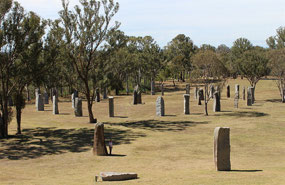
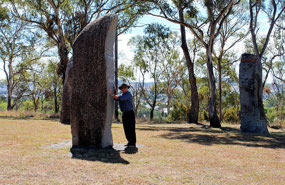
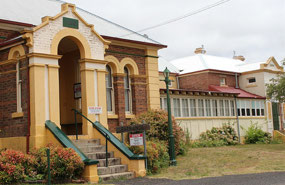
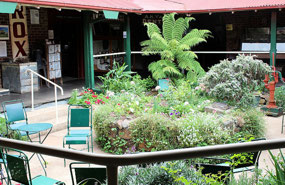
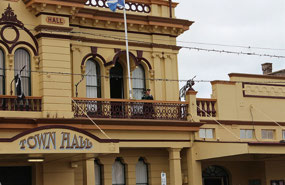
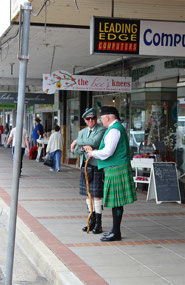
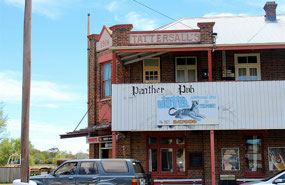
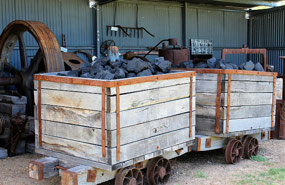

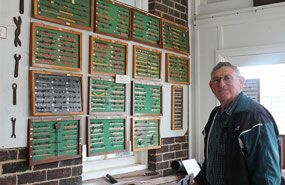
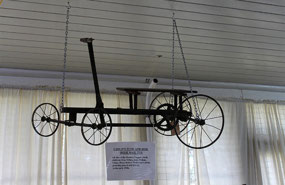
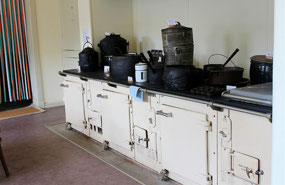
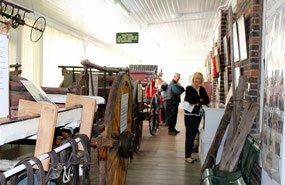
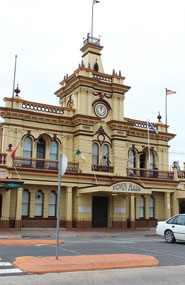
2025-05-22